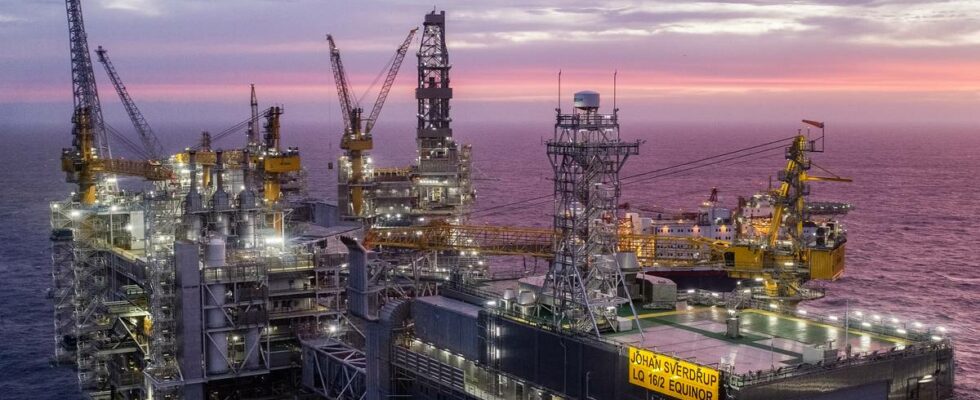– Production is now rising towards 2025. In 2025 we expect that we will produce approximately the same as we did in 2006. But from 2025 we expect that production will decrease. That’s according to Kjersti Dahle, director of technology, analyzes and coexistence in the Norwegian Subsea Directorate. Today, the Norwegian Continental Shelf Directorate came out with its Resource Report for 2024. The report comes out every quarter. In the report, the directorate provides updated figures on how much oil and gas they believe still exists on the Norwegian continental shelf. Both what has all been found and what can potentially be found. And this year’s report shows that production will decline in the coming years. The question is how steep the fall will be. The Swedish Continental Shelf Directorate has developed three scenarios for total petroleum production on the Norwegian continental shelf until 2050. All scenarios show a decline in production, but the rate of decline varies depending on exploration activity and technological development. – Now we expect that in 2050 we will have a production that is about a third of what we have today. That is the natural fall, and that is what is expected, says Dahle. Kjersti Dahle, director of technology, analysis and coexistence in the Norwegian Continental Shelf Directorate. Photo: Tom Edvindsen / news As the situation is today, what we find and see in production cannot prevent a relatively steep decline in production. – Close to an oil fund in value If the technology is developed, exploration is intensified and what is found is put into production quickly, the fall will slow down more. If, on the other hand, there is little exploration and investment in activity, there will be a rapid liquidation of the petroleum industry in Norway. – All three of these scenarios are within the expectations one has for a global drop in oil and gas production in order to be able to meet the Paris Agreement. The production decline in all three scenarios is in line with the follow-up to the Paris Agreement. Photo: Tom Edvindsen / news Dahle says that it means a lot for the state’s income, but that depends on the years to come. – We have calculated that it can be close to an oil fund in value in that difference. Dahle says that there are great opportunities left on the Norwegian continental shelf, and that we are in a position where we can continue to be a secure producer of oil, gas and energy for Europe. – But there must be a will to lead and to invest in technology and to get more out of the fields that are already in production. For every leite kroner that is invested, we get three kroner back. Jan Narvestad, managing director at Worley Rosenberg, believes it is important to use the expertise in new areas, saying that they have good and high production related to the oil and gas industry. – For us going forward, it is incredibly important that we manage to maintain that activity, so that we have the opportunity to further develop our expertise. In order to make that happen, we are dependent on being replenished with new projects. He is aware that oil and gas will run out. Jan Narvestad, managing director at Worley Rosenberg, is convinced that they will have to think again in the coming years. Photo: Ole Andreas Bø / news – What will be important for us is that we manage to capitalize on the great opportunities that lie in the coming years. That we can win projects within the renewable and sustainable segment. Narvestad says it is important that they can use the skills they have acquired in new areas. – We have concrete projects within offshore wind, hydrogen, carbon capture and battery production. Published 21.08.2024, at 10.00 Updated 21.08.2024, at 10.03
ttn-69
Oil and gas production will fall after next year – news Rogaland – Local news, TV and radio

